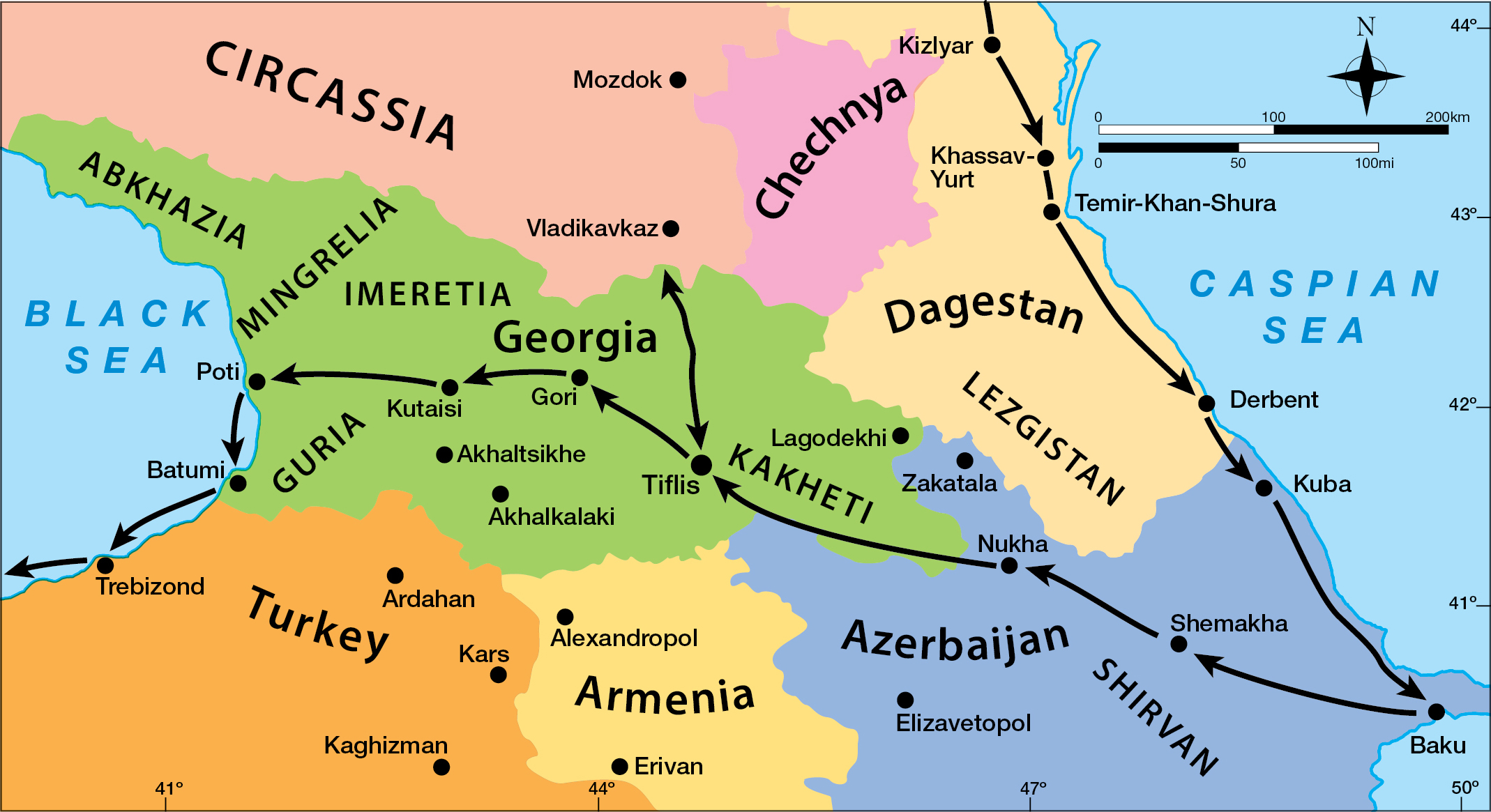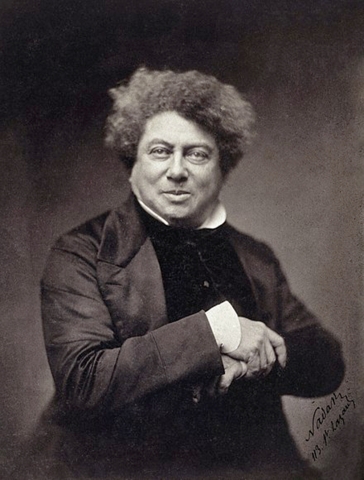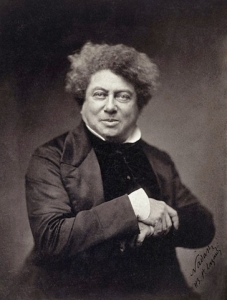“Voyage au Caucase”: A Still Untranslated Travel Classic...
For many, a visit to Georgia results in an addiction to things Georgian – history, arts and culture, to say nothing of food, wine, song and dance. But what do we know of the experiences and impressions of pioneers who preceded us – facing far tougher conditions? What travelogues and memoirs did they leave – and where can we find them?
An internet search will provide a cluster of doughty 19th-century travelers who made their way to Georgia. Add ‘Persia’ as a search word, and many additional travelers who journeyed through Georgia en route to Persia will come up. Happily, accomplished author-travelers in both groups left much good material, now available in reprint, print-on-demand or digital format.
One such work – Voyage au Caucase (1859) – remains too little known, despite a handsome large octavo reprint in 2002, running 415 pages, including itinerary, map and illustrations. It is a sweeping, well-researched history coupled with acutely observed accounts of personalities, life, and customs – full of color, and fueled by contagious enthusiasm. The author? None other than Alexandre Dumas.
Is there an English translation? Yes – but so far only in part; Adventures in the Caucasus, by Alexandre Dumas, was published in London in 1952 (the American co-edition was titled Alexandre Dumas’ Adventures in Caucasia). Regrettably, the book is a small octavo of only 205 pages. Dumas wrote expansively, skillfully weaving relevant history into his text, but much was excised in order to concentrate on travel elements and cut production costs. Nonetheless, the able translator-editor, Miss A. E. Murch (better known for her The Development of the Detective Novel, 1958), provided an elegant translation of Dumas’ travel highlights, adding a valuable Introduction. Regrettably, the publisher did not add maps or an itinerary, and offered pitifully few illustrations. It is indeed difficult to describe the magnitude of our loss.
In the truncated English translation, shorn of its introductory matter, we join Dumas at Kizlyar, a fortress town inland from the Caspian Sea, on the Dagestan-Northern Chechnyan border. (Dumas’ records his journey thence, from Paris via St Petersburg, Nijni-Novgorod, Volgograd (Stalingrad) and Astrakhan, in his equally expansive and engaging Voyage en Russie (1859)). At Kizlyar, the 57-year-old author committed his portly self to some 420 mi/675 km of travel on horseback or in a primitive, springless horse-drawn tarantas or telega to reach Baku and then Shemakha – the fabled, earthquake-prone city of dancing girls and silk weaving. From this southernmost halt, he turned west for Tiflis (Tbilisi), and traveled within and across Georgia to his departure port of Poti, on the Black Sea coast. His main route and sidetrips from Shemakha to Poti added another 500 mi/800 km or so of jolting travel.
Dumas’ account never flags and never fails to intrigue the reader. All along his route he managed to meet not only local notables, military officers fighting Shamil and his Muslim guerillas, and leading residents – whether Russian or native-born – but also a variety of Cossacks, Tatars, Armenians, Chechens and others. Dumas hunted, camped, dined in splendor or at improvised picnics with equal enthusiasm. His able young translator Kalino ensured that he received answers to his many questions, however obscure the topics might be, and his artist friend Jean-Pierre Moynet made numerous sketches of buildings, persons and scenery, all of striking quality and detail.
In Tiflis Dumas managed in rapid succession to attend a performance of Verdi’s The Lombards, dine with Prince Dmitri Orbeliani and his family, visit Viceroy Bariatinski (who a year later defeated Shamil), meet Count Sollogub (author of The Tarantas, 1845), who gave him Countess Eudoxia Rostopchin’s personal notes on Pushkin and Lermontov (in September 1812 the Countess’ father-in-law, Count Feodor Rostopchin, governor of Moscow, had set fire to the city following Napoleon’s arrival), and to survive an overheated Georgian Turkish-bath and an over-vigorous massage, restoring himself with a hookah. He also records epic wining and dining bouts.
The French ambassador Baron Finot took Dumas to meet the widowed Princess Nino Chavchavadze, whose husband Alexander Griboedov (author of Woe from Wit, 1823) the Persians assassinated in 1829. He also visited the Chavchavadze estate at Tsinandali, in Kakheti, where Shamil, in his famous raid of 1854, kidnapped a Chavchavadze princess and her sister-in-law, an Orbeliani princess, and bore them off into wearisome captivity in a mountain redoubt. Ever-adventurous despite the winter weather, Dumas set out from Mtskheta, hoping to follow the Aragvi river (“the route that Pompey followed, so tradition says, in his campaign against King Mithridates”) up to the Darial Gorge, which cuts clean through the Greater Caucasus. Sadly, on the Jvari crest, just below the dramatic gorge, waist-deep snow and a blizzard defeated the stout Dumas, even though his sleigh was hauled by 20 oxen.
Dumas retraced his route back to Mtskheta before pressing on along snow-bound roads to Gori and Kutaisi (with side-trips to Gelati cathedral-monastery and to a local forest for hare- and partridge-shooting), and the snow-clad Surami pass. Finally, after being rescued from a wolf-pack, our traveler abandoned the road and went by boat down the Rioni river to Poti. There, after local visits and culinary adventures, including shooting a pig for dinner, Dumas departed the port for Constantinople, via Batumi and Trebizond.

The foregoing glimpse of Dumas’ meetings, incidents and adventures (restricted to those occurring in Georgia and included in the English edition) may seem to be rich fare – but they are only a light refreshment compared to the banquet the complete French text of 65 chapters/415 words offers. Dumas was a digressive writer – leaping aside to add colorful details or to take his story a stage further or to tie it to some related person or event; he offers us in his original French text a near-encyclopedia of fascinating detail, historical, folkloric and personal.
The enterprising publisher who undertakes the issue of a full English-language translation of Voyage au Caucase will earn the sincere gratitude of any traveler to the Caucasus. (A Russian edition was issued in 1988, presumably censored.) Certainly an English-language publisher should include a map and illustrations. These exist in quantity: there is the excellent work of Dumas’ companion Jean-Pierre Moynet, also that of Henri Blanchard. To them we can add the Russian Prince Grigory Gagarin, the German Theodor Horschelt (both working in the 1840s-1850s), and the Russian Vasili Vereshchagin (working in the 1860s-1860s). For all these artists – whose works cover an immense range of highly evocative Caucasian peoples and scenes – we still await comprehensive albums in English.
If hopes are realized and a splendid translation of Voyage au Caucase appears, there is a further item to be considered. In 1838 Dumas completed his engaging “Russian” novel The Fencing Master – and sent a manuscript copy to Tsar Nicholas I, hoping to earn a significant honor. Nicholas sent him only an inscribed finger-ring (un anneau à chiffre) – and offered no welcome to the novel. Dumas, disappointed but defiant, published it in France. Copies reached Russia; the censors banned the book, ensuring demand and circulation.
In 1858, after Alexander II had succeeded Nicholas I, Dumas made his visit to Russia. His every footstep appears to have been dogged by secret service agents, who reported on his “love affairs, the duels he ducked, his run-ins – real or made up – with the Caucasian highlanders, the horns of wine emptied, his writings on the run...”
With the Soviet regime’s collapse in 1991 and the opening of government archives the Georgian-French scholar Gaston Bouatchidzé was able to study the agents’ reports and in 2004 publish his L’Anneau à chiffre, les aventures d'Alexandre Dumas en Russie et au Caucase, recounting key events in Dumas’ adventures from the Russian perspective.
There’s a lot of the portly Alexandre Dumas that meets the eye, but when it comes to his books – and books about his books – there’s an interesting amount that doesn’t . . . There is urgent need for remedy!
By Peter Skinner
Numerous TRANSLATED TRAVEL BOOKS can be found at Prospero's Books at 34 Rustaveli Ave., Tbilisi.











